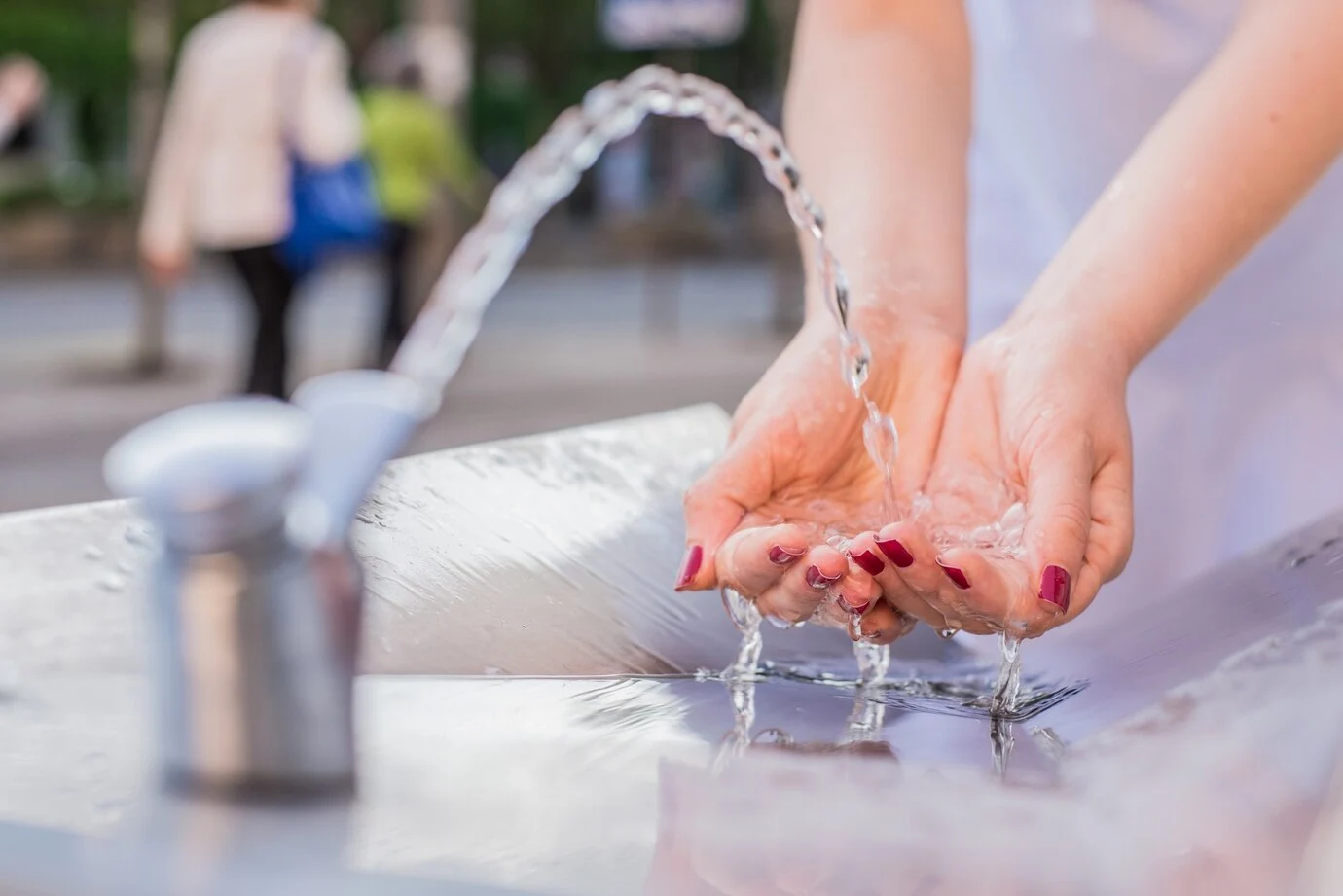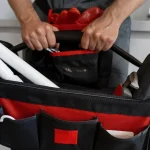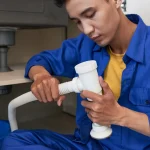Introduction
Dealing with low water pressure can turn even the simplest tasks, like showering or washing dishes, into a hassle. Understanding the causes and knowing how to resolve them can make a significant difference in your daily life. Whether it’s a minor inconvenience or a persistent problem, there are several straightforward methods you can try to boost water flow without needing to call in a professional plumber right away.
Understanding Low Water Pressure
Low water pressure is often caused by various factors, ranging from mineral buildup in pipes to issues with the plumbing system itself. It’s crucial to diagnose the root cause before attempting any fixes. According to Sarah Beeny, a renowned property developer and TV presenter, identifying whether the low pressure is affecting the entire house or just specific fixtures can guide you in choosing the right solution.
Simple DIY Solutions
- Check for Clogged Fixtures: Monica Moody, a popular home improvement blogger, suggests starting with the basics. Sometimes, a clogged showerhead or faucet aerator can be the culprit behind low water pressure. Regular cleaning of these fixtures can prevent mineral buildup and restore adequate flow (source: Shades of Blue Interiors).
- Regular Maintenance: Mike Holmes, known for his expertise in home renovations, stresses the importance of preventative measures. Simple tasks like cleaning showerheads and faucet aerators regularly can help avoid mineral deposits that restrict water flow over time (source: HGTV).
- Use of Pressure Gauge: Investing in a water pressure gauge, as recommended by This Old House, allows you to measure the actual water pressure in your home. This tool is invaluable in diagnosing whether your water pressure falls within the optimal range of 40-60 psi, highlighting if a deeper issue needs addressing (source: This Old House).
When to Seek Professional Help
While many low water pressure issues can be resolved with DIY methods, there are instances where professional assistance is necessary. Scott McGillivray, a contractor and TV personality, advises homeowners not to hesitate in calling a plumber for complex issues like clogged pipes or malfunctioning pressure regulators (source: Scott McGillivray).
Insights
From personal experience, low water pressure can feel like a never-ending battle, especially in older homes with outdated plumbing systems. Taking a proactive approach can save you from unexpected plumbing emergencies and costly repairs down the line.
Studies and Expert Research
Research by the American Society of Plumbing Engineers highlights various causes of low water pressure in residential settings, offering insights into effective solutions for homeowners and plumbers alike (source: ASPE).
The study published by MDPI underscores how mineral buildup and clogged fixtures significantly impact water flow and pressure in home plumbing systems, emphasizing the importance of regular maintenance (source: MDPI).
Conclusion
In conclusion, tackling low water pressure doesn’t have to be daunting. By understanding its causes and employing simple DIY solutions like cleaning fixtures and using a pressure gauge, you can often improve water flow effectively. Remember, if issues persist or seem complex, consulting with a professional plumber ensures your home’s plumbing system operates at its best.



